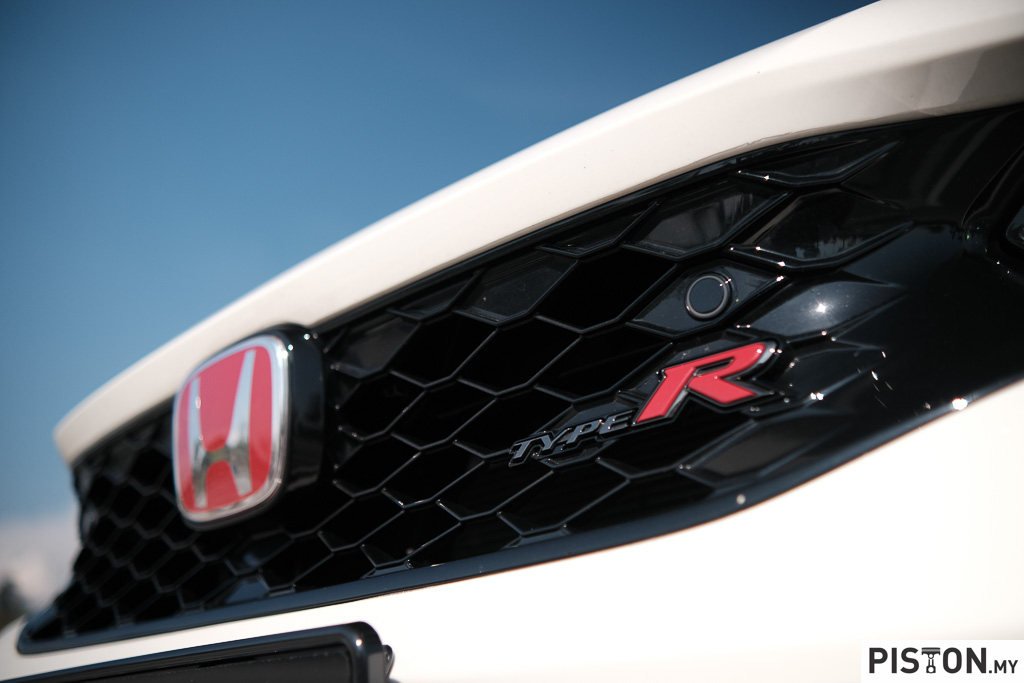Back in the early 1970s, Honda launched a new car model called the Civic and although the company had already been making cars for a while, this new model was remarkable in many ways. It came at a time when the new regulations in the US forced manufacturers to introduce solutions to reduce toxic exhaust emissions – and the innovative CVCC system in the Civic could meet those demands without a even using a catalytic converter.
The Civic’s popularity also grew quickly because consumer preferences were shifting to smaller cars, in part because fuel prices shot up during the energy crises. The Civic’s fuel-efficient engine was just the thing and it also helped to draw more people to Japanese cars.

Almost 50 years later, Honda is about to launch another new model that again addresses environmental issues. This time, it has done away with the internal combustion engine altogether so there will be zero emissions.
Another standard-setter
The new model is the Honda e, to go on sale in Europe later this year. It’s been engineered to set new standards in the compact electric car segment.
The Honda e is equipped with a high-power electric motor delivering up to approximately 100 kW (150 ps) and torque in excess of 300 Nm. The 35.5 kWh battery in the Honda e is one of the most compact in its class, contributing to an exceptional balance of low weight, fast-charging capability of 80% in 30 minutes, and a claimed range of over 200 kms, more than enough for daily urban commuting.
Honda engineers paid special attention to enhancing the driving dynamics to deliver a fun and engaging experience. With the battery located low under the vehicle floor, the car’s centre of gravity is approximately 50 cm from the ground. With a 50:50 weight distribution, wide yet compact size and short overhangs at the front and rear, the Honda e delivers an optimal balance of stability and handling performance.
To help deliver a sporty character, power is delivered through the rear wheels, which also enables a greater steering articulation for the front wheels. As a result, the turning radius is approximately 4.3 metres, giving the car good manoeuvrability in small city streets.
Only one pedal
The Honda e will have Single Pedal Control, enabling the driver to accelerate and slow the car using only the accelerator pedal. When the accelerator pedal is depressed, the car will accelerate as normal; when it is released, automatic regenerative braking will occur, and will slow the car.
The Single Pedal Control improves driving efficiency in urban environments and reduces the need to use multiple pedals, making the drive more engaging, exciting and seamless with maximum control for the driver. Older drivers may probably need a while to get used to this feature.
Having been originally developed to be an electric vehicle, the engineers started with a clean sheet and did not have to use traditional construction methods. High-strength materials used in the skeletal structure contribute to structural rigidity while also reducing weight. The lightweight chassis provides the ideal platform from which to fine tune suspension and steering settings for a dynamic driving experience.
It is unlikely that Honda will offer this model in Malaysia in the near future as the focus is on Europe where it aims to sell a large proportion of EVs and hybrids by 2025.

























